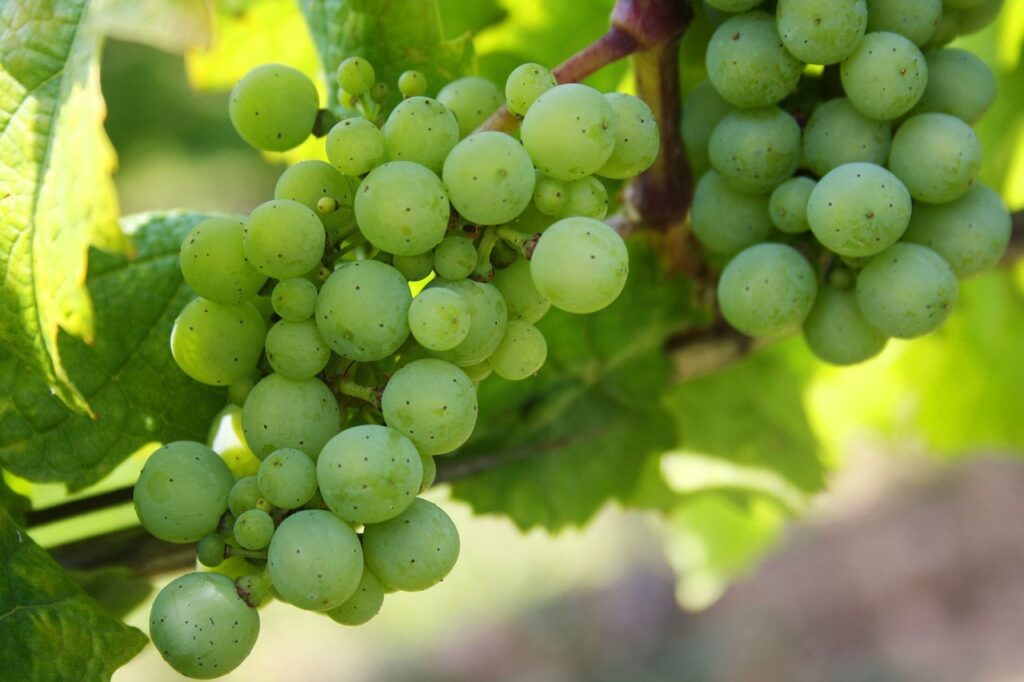Wild Berries: Exploration of Nature’s Bounty, Seasons, Vitamins and Calories
Explore the world of berries as we navigate through a diverse berry list, answering questions like “Is a blueberry a berry?” and ‘Are cherries berries?’ Delve into the varieties and learn about the different types of berries, from vibrant red berries to nutrition-packed dark berries. Discover the surprising revelation that watermelon is a berry and go into the calories in berries, making informed choices about the healthiest berries. also compiled a comprehensive list of edible berries.
What is Wild Berries?
Most of the berries in the grocery stores are cultivated and do not grow wild. There are several reasons for this:
- Control and Consistency: Fruits include cultivated berries that are grown on farms or greenhouses where they get the right size, shape, and quality. This is essential for grocery stores because the typical consumer will usually expect uniformity in terms of produce.
- Higher Yields: Breeding and cultivation practices have greater yield potential than their wild-type relatives. This increases the viability of their commercialization on an industrial level.
- Year-Round Availability: Cultivated berries can be produced all year round in greenhouses or by employing distinct growing methods depending on the location. This is guaranteed to provide a continuous supply for the grocery shops and consumers.
- Safety: While some wild berries are indeed very safe, there is a whole range of species that look like edible ones but can be poisonous. All cultivated berries pose a slight threat, since they are grown in controlled environments and strictly tested before entering the market.
Solving the Confusion:
There are common misconceptions about fruits people get mistaken for, like whether they are from the berry family or not. Bananas, watermelon, grapes, cherries. We are going to amaze you with which one is berry or not.
- Watermelon:
Watermelon is indeed considered a berry. Botanically, a berry is a fleshy fruit that originates from one ovary containing seeds enveloped by flesh. In this case, watermelon is suited for the definition due to several features: it grows from an ovary inside flowers and possesses seeds that are scattered across the flesh.
The common usage of the term “berry” does not necessarily follow a botanical definition, causing some confusion.
- Cherry
Cherries are not considered berries. Cherries are in the genus Prunus and belong to the stone fruit family. The interior of a drupe is generally a large, hard seed or pit. In the case of cherries, the pit is hidden in the fleshy fruit.
- Banana
botanically speaking, a banana is a berry. As said before, berry is a fruit that develops from an individual ovary and comprises seeds embedded in the flesh. Bananas satisfy these conditions because they form from the ovary of a flower, and seeds are present within the fruit but are small and not usually eaten.
- Grape
grape is also a berry! Grapes are classified as true berries.
Exploring Different Types of Berries:
There is a vast array of berries available. In this article, we will group them by color (red, blue, purple, black) and briefly describe their calories and seasonality.
Red

Strawberry is one of the family of berries, but larger in size!
- Season: They are usually planted during late winter or spring, and then start to bear after a few weeks. Strawberry season, depending on where one is located, usually bears through late spring to early summer.
- Calories: Strawberry is considered the least calories in its family, as for every 100 grams, it contains 36 calories.
- Vitamins: They are famous for vitamin C, a single medium strawberry (around 7 grams) provides closer to 8% of your daily value.
Blue:

- Season: All blueberries tend to have a growing season, which can span the end of spring through early fall, depending on variety and location. For instance, within the United States of America, the blueberry seasonal harvest is from late May until early September with area variations.
- Calories: There are 57 calories for every 100 grams.
- Vitamins: Vitamin K, one cup of blueberries providing almost 20% of your daily value.
Black:
There are different colors for buries in purple and black and both are the same

- Season: In North America, they are harvested between June and September.
- Calories: Blackberries are low in calories, as for every 100 grams they contain 43 calories.
- Vitamins: Blackberries are famous for Manganese, with one cup of blackberries exceeding 30% of your daily value.
Green:
for the green one, it would be the grapes!

- Season: Typically harvested between July and October, with peak season varying by region
- Calories: Green grapes usually have more calories than other cherries, as for every 100 grams they contain 62 calories. So, compared to other cherries (typically around 50 calories per 100 grams), green grapes have slightly more calories.
- Vitamins: they are famous for Potassium, one cup of grapes provides over 10% of your daily value.
Dive into wild berries!
Outside the grocery, the flavors are certainly there. Every mouthful enriches one with juicy strawberries and precious antioxidant blueberries. However, caution is warranted. Accurate identification is essential in navigating the diversity of wild berries, acknowledging that not all are alike. also discover a curated berry list, learn about calories in berries, and explore the diverse kinds of berries.
For expert foraging tips and delicious recipes, visit our website – where nature meets culinary enjoyment!


